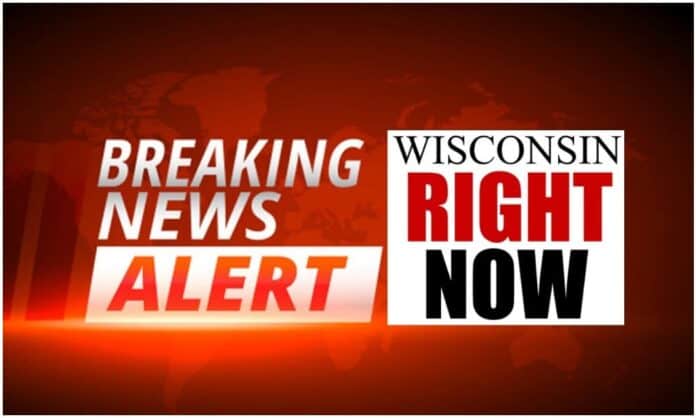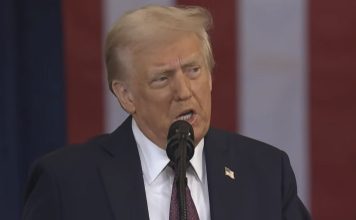At a virtual town hall in Brooklyn about how the COVID-19 pandemic will change admissions to high-performing selective schools, New York City officials got a lecture – on systemic racism.
“Racism is foundational in all of our institutions, in our government, our economy, our health-care system, our legal system and our education system,” Ayanna Behin, president of a school district council, said at the June meeting. “It’s our recommendation that we prioritize the end of racial segregation in our schools.”
Behin’s comments reflect a racially charged debate in New York and across the country, invoking Jim Crow-era language to describe an education flashpoint more recent than old-fashioned enforced segregation. The conflict – influenced by critical race theory, the idea that racism is embedded in the structures of society – is over disparate racial and ethnic admissions, which critics deem so pernicious that even seemingly neutral yardsticks like grades and test scores reinforce them. These critics aim to integrate elite schools by removing the performance barriers that many white and Asian parents defend as objective measures of achievement.
In one recent conflict, the school superintendent in Fairfax County, Va., is pushing through changes to the competitive admissions process at Thomas Jefferson High School for Science and Technology, the nation’s top-ranked high school, over protests from Asian parents who say their kids are being penalized for working hard. At Lowell High School in San Francisco, a plan to drop merit-based admissions for next year created an uproar among parents who want to protect the school’s reputation for rigor.
In New York City, advocates are demanding more sweeping changes in the nation’s largest school district. They are calling for the end to admissions screening for almost 200 selective middle schools, or more than a third of the total. And a mayoral advisory panel has also urged the city to rid elementary schools of gifted and talented programs and erase the “gifted and talented” wording from the system.
In this polarizing battle, parents who support screening for accelerated education are tarred as racists on social media. Even moderate proposals to expand gifted and talented programs and make them more diverse face strong opposition.
“Our culture and economy thrive on excellence. When I think of New York, I think of artistic and intellectual excellence,” says Jonathan Plucker, a professor at Johns Hopkins University who focuses on making accelerated education more accessible to disadvantaged students. “And now, particularly in urban districts we are seeing a backlash, where the ideology is turning against excellence. We are institutionalizing anti-intellectualism, and that has long-term implications for us.”
With 1.1 million students, New York City has one of the nation’s most segregated school systems, a result of entrenched housing patterns and the proliferation of selective schools. Today Blacks and Latinos make up about two-thirds of public school students. But in more than half of city schools, they comprise over 80% of the students and sometimes beyond 90%.
In this system, achievement gaps have remained remarkably wide. In 2019, only about a third of Black and Latino students reached proficiency on math and English state tests for grades 3 through 8. That compares with roughly two-thirds for white and Asian kids. But the question of how to improve academic achievement for Blacks and Latinos defies easy answers.
Advocates say greater diversity is the remedy. They are pushing the city to replace test, grade and attendance-based admissions with a system designed to mix students of all backgrounds and academic abilities together. In such integrated schools, low achievers rise partly because of the influence of high achievers, who don’t regress academically, says Halley Potter, a senior fellow at the Century Foundation who researches education policy. What’s more, students from different racial and ethnic groups build bonds at a time when America’s social fabric is fraying.
Parents fighting to keep selective schools in New York City reject the everybody-wins narrative as naive. Yiatin Chu, co-founder of Parent Leaders for Accelerated Curriculum and Education (PLACE), says students have a wide range of abilities and lumping them together in classrooms makes it impossible for teachers to challenge all of them at once. A 2013 study, published in Gifted Child Quarterly, of five diverse elementary schools in several states found reading levels in classrooms ranging from about two years below grade level to about six years above it.
“I see a huge disparity in terms of abilities, and is it reasonable to expect our teachers in big classrooms to differentiate the teaching to really meet the needs of all students in that class?” says Chu, who has a child in public school. “The truth is no, they cannot.”
While advocates say academic research overwhelmingly shows the benefits of integrated schools, significant disagreement exists among scholars. Their findings vary widely because of the difficulty of isolating the effects of peers and schools on performance from other powerful influences like family and its socioeconomic status, says Eric Hanushek of Stanford’s Hoover Institution.
David Armor of George Mason University carefully controlled for students’ backgrounds in a robust 2018 study. He found that the socioeconomic composition of schools had a negligible impact on results in math and reading tests in grades 3 through 8 across three states and over multiple years.
“New York City would be making a very big mistake by getting rid of its selective schools,” Armor says. “It will probably lose another chunk of its middle-class population. If they would just look at the data.”
Vince Bielski / RealClearInvestigations
Go to Source
Reposted with permission











![WATCH: Elon Musk Town Hall Rally in Green Bay [FULL Video]](https://www.wisconsinrightnow.com/wp-content/uploads/2022/04/Elon_Musk_3018710552-356x220.jpg)



![The Wisconsin DOJ’s ‘Unlawful’ Lawman [WRN Voices] josh kaul](https://www.wisconsinrightnow.com/wp-content/uploads/2025/03/MixCollage-29-Mar-2025-08-48-PM-2468-356x220.jpg)







![Phil Gramm’s Letter to Wall Street Journal [Up Against the Wall]](https://www.wisconsinrightnow.com/wp-content/uploads/2025/03/gramm-356x220.png)










